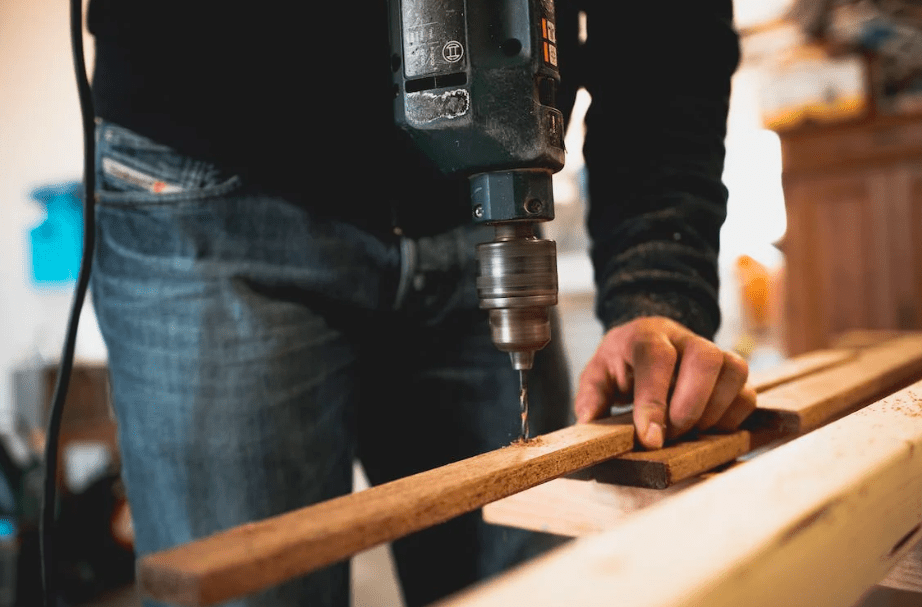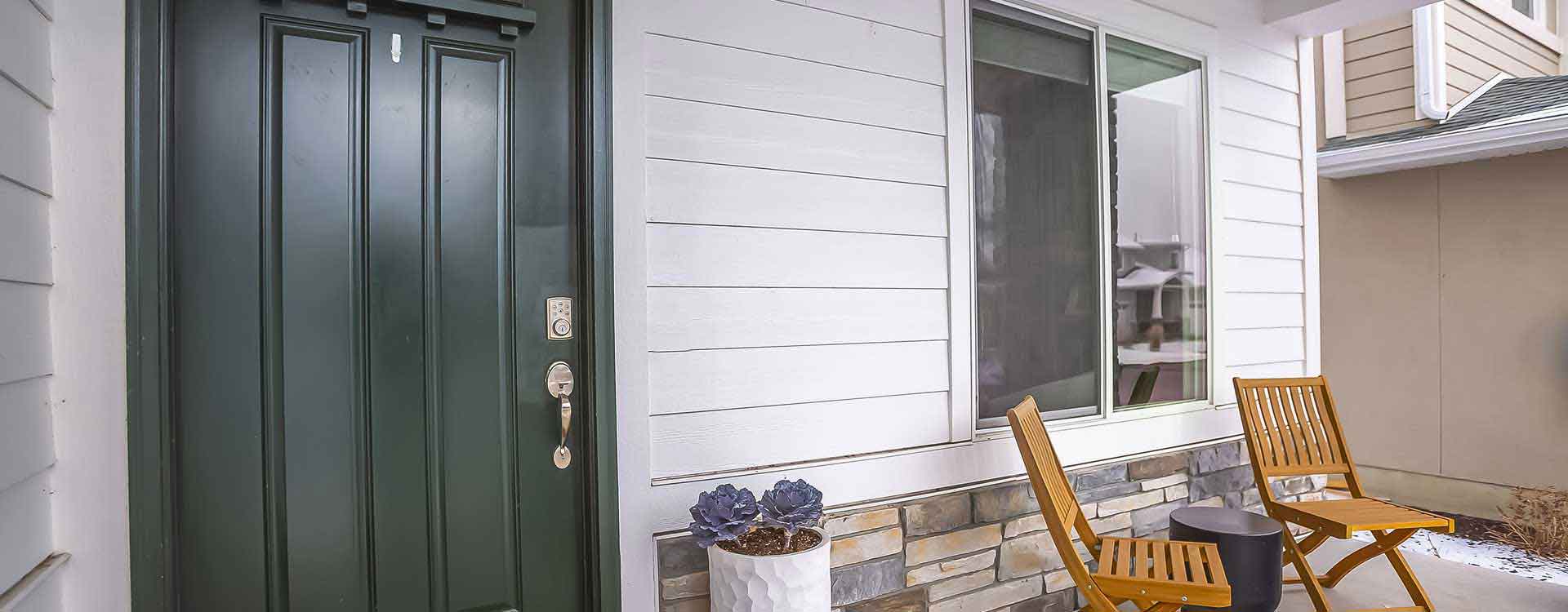
May
Changes In Timber Door Manufacturing: Design Trends and Sustainability
The art of timber door manufacturing has a rich history that spans centuries. From humble beginnings to the present day, this craftsmanship has undergone significant transformations, blending tradition with modern techniques and innovations. In this blog post, we will explore the evolution of timber door manufacturing and delve into how it has changed over time, adapting to new technologies, design trends, and sustainability considerations.
Traditional Craftsmanship:
Timber doors have been an integral part of architecture throughout history. In ancient times, skilled craftsmen meticulously handcrafted doors using traditional tools and techniques. Woodworkers would carefully select timber species, shape the components, and assemble them using joinery methods like mortise and tenon or dovetail joints. These doors showcased intricate carvings, ornate details, and fine craftsmanship, reflecting the cultural and artistic influences of their time.
Industrial Revolution and Mass Production:
With the advent of the Industrial Revolution in the 18th century, timber door manufacturing witnessed a significant shift. Machinery and steam-powered tools revolutionised the production process, enabling the mass production of doors. This era saw the rise of mechanised sawmills, which increased timber processing efficiency and reduced costs. Standardised components and assembly-line techniques emerged, leading to greater affordability and accessibility of timber doors for the general population.
Architectural Styles and Design Evolution:
Throughout the 19th and 20th centuries, architectural styles evolved, influencing the design and manufacturing of timber doors. From the ornate Victorian and Gothic styles to the simplicity of the Arts and Crafts movement, doors became an expression of design trends. With the rise of modernism and minimalism, sleek and streamlined timber doors gained popularity, focusing on simplicity, clean lines, and functionality.
Technological Advancements:
In recent decades, technological advancements have significantly impacted timber door manufacturing. Computer-aided design (CAD) and computer numerical control (CNC) machining have revolutionised the precision and customisation possibilities. Designers and manufacturers can create intricate patterns, complex shapes, and unique door configurations with greater ease and accuracy.
Sustainable Practices and Materials:
In response to growing environmental concerns, sustainable practices and materials have gained prominence in the timber door manufacturing industry. Forest certification programs ensure the responsible sourcing of timber, promoting the use of sustainably managed forests. Additionally, advancements in timber engineering have led to the development of engineered wood products like cross-laminated timber (CLT) and laminated veneer lumber (LVL), which offer enhanced strength, stability, and reduced waste.
Integration of Smart Technology:
As the world becomes more interconnected, the incorporation of smart technology into timber doors has become a growing trend. From automated locking systems to integrated sensors and access controls, these smart doors offer enhanced security, convenience, and energy efficiency. They can be connected to home automation systems, allowing users to control their doors remotely and monitor access.
Conclusion:
The evolution of timber door manufacturing reflects a blend of traditional craftsmanship, technological advancements, design trends, and sustainability considerations. From handcrafted masterpieces to mass production, from ornate styles to minimalistic designs, and from manual labour to cutting-edge machinery, the industry has come a long way. As the future unfolds, we can expect further innovations that will continue to shape the world of timber door manufacturing, making them functional, aesthetically pleasing, and environmentally conscious.
To find out more about the timber doors we supply and learn more about our products and services, please contact us for more information.


